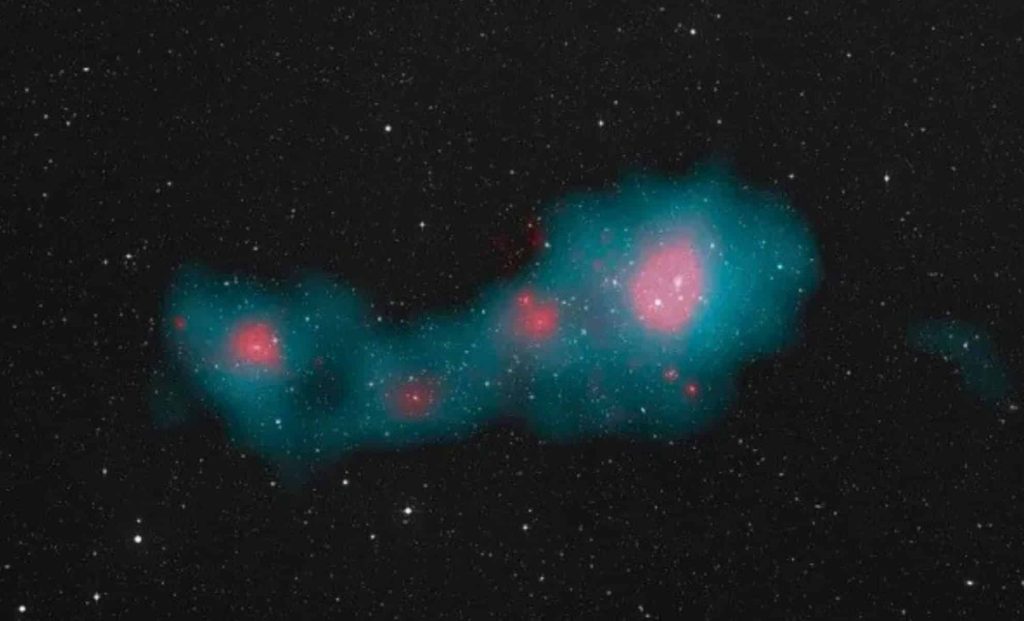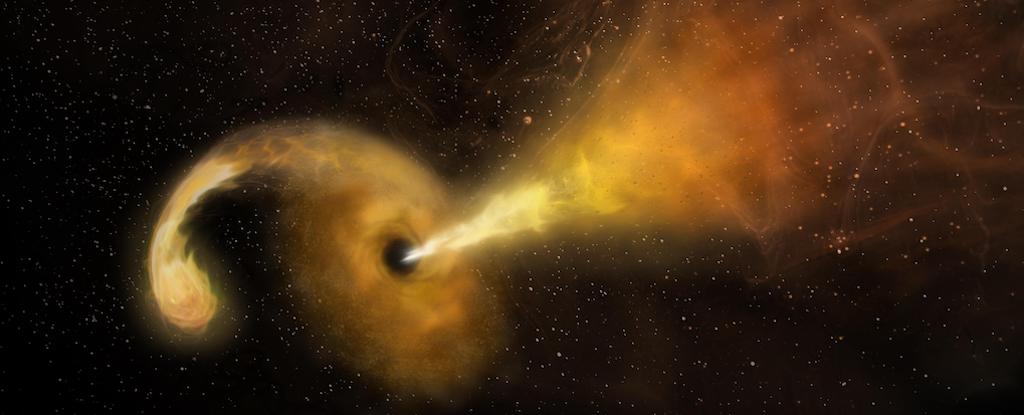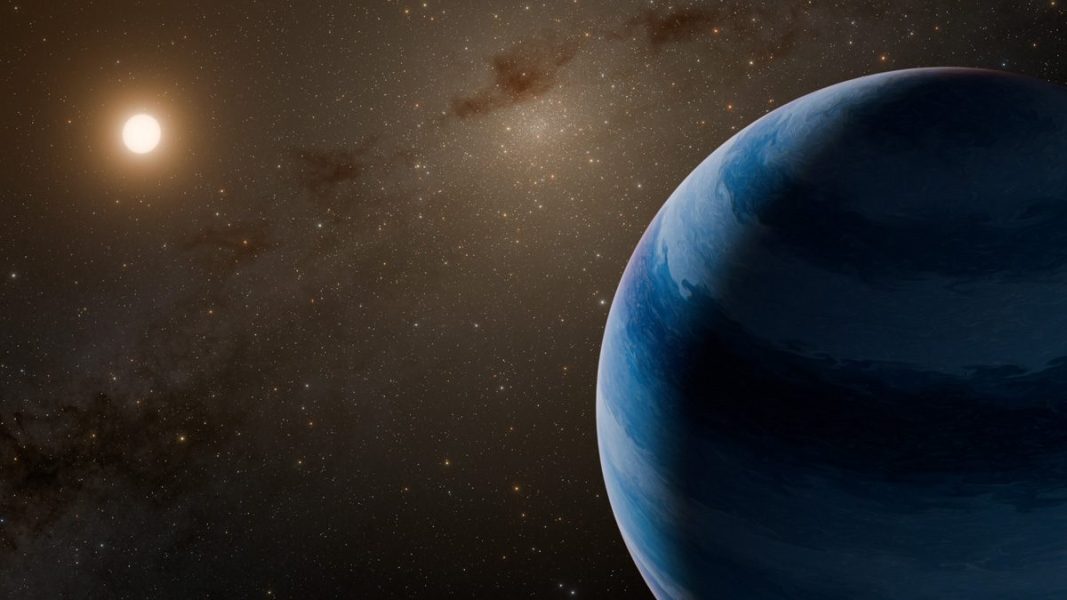Astronomers Unveil ‘Quipu’: The Universe’s Single Largest Known Structure – The Daily Galaxy –Great Discoveries Channel

Astronomers have stumbled upon a colossal cosmic structure unlike anything seen before. Spanning 1.3 billion light-years, this mysterious formation dwarfs anything previously discovered. Its intricate web of galaxies holds unimaginable mass, bending space-time itself. The true scale of this cosmic giant is only beginning to be understood.Astronomers have identified an unprecedented cosmic titan—a vast superstructure of galaxies stretching 1.3 billion light-years across, making it the single largest known structure in the universe. Named Quipu, after the Incan system of knotted cords used for counting, this colossal filamentary web contains an unimaginable 200 quadrillion solar masses and extends more than 13,000 times the length of the Milky Way.Quipu is not just a supercluster—it is a superstructure of galaxy clusters and filaments that form an interconnected network spanning over a billion light-years. Unlike traditional galaxy clusters, which are tightly bound by gravity, Quipu consists of a long, central filament with multiple branching filaments, much like a woven cord.This immense structure was not discovered through traditional detection algorithms but was visibly apparent in sky maps of galaxy clusters in a specific redshift range. The research team noted that Quipu stood out immediately, indicating its extraordinary prominence in the cosmos.Before this discovery, the largest known cosmic formations included:However, Quipu and four newly discovered structures outsize the Shapley Supercluster, reshaping our understanding of the universe’s large-scale distribution of matter.These five newly classified superstructures include:Together, these formations contain 45% of all known galaxy clusters, 30% of the observable galaxies, and 25% of all matter in the known universe. They account for 13% of the observable universe’s volume, making them some of the most influential structures in cosmic evolution.Astronomers detected Quipu through an advanced redshift mapping survey, focused on galaxy clusters between redshifts of 0.3 and 0.6. The greater the redshift, the farther away (and older) the structures. Most previous large-scale surveys had mapped only objects up to redshift 0.3, missing deeper, larger structures.By extending the search range, scientists found Quipu and its counterparts—indicating that even larger structures may exist further in the universe’s past.Redshift occurs because the expanding universe stretches the wavelength of light, shifting it toward the red end of the spectrum. By measuring these shifts, astronomers can estimate the distance and velocity of galaxies, helping them construct a 3D map of the universe.Despite its immense size, Quipu is not eternal. The universe is constantly expanding, and over billions of years, these vast filaments will disperse. Gravity keeps them bound for now, but as dark energy accelerates the cosmic expansion, the filaments will slowly unravel, separating galaxies from one another.While Quipu currently holds the record as the largest known structure, astronomers believe even bigger formations may lurk deeper in space. With the continued advancement of telescope technology (such as the James Webb Space Telescope and upcoming Euclid mission), future surveys could extend redshift mapping beyond 1.0, potentially revealing structures hundreds of billions of light-years across.This discovery, detailed in a recent study on arXiv, challenges our understanding of large-scale cosmic formations and raises fundamental questions about the structure and evolution of the universe. For now, Quipu stands as a breathtaking reminder of the sheer scale and complexity of the universe—a vast, interconnected web stretching across billions of light-years, whispering secrets from the cosmic past.This article has been republished from the following materials. Note: material may have been edited for length and content. For further information, please contact the cited source.Got a reaction? Share your thoughts in the commentsEnjoyed this article? Subscribe to our free newsletter for engaging stories, exclusive content, and the latest news.I am sure the existence of this raises serious questions about the specific structure. But clearly the underlying problem is that there is nothing in the current theories that allow us to understand how this amount of mass was actually formed in the Big Bang!!!!Comment Save my name, email, and website in this browser for the next time I comment.
© 2024 | Daily Galaxy | All rights reserved






